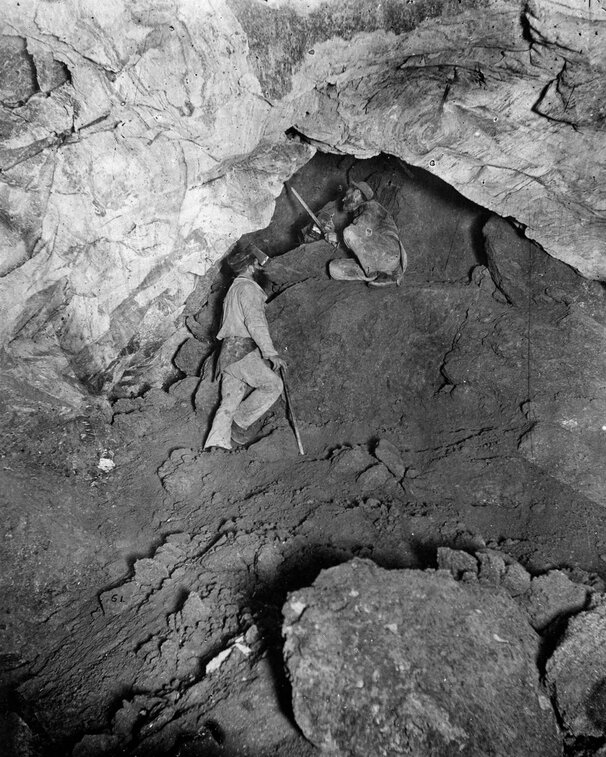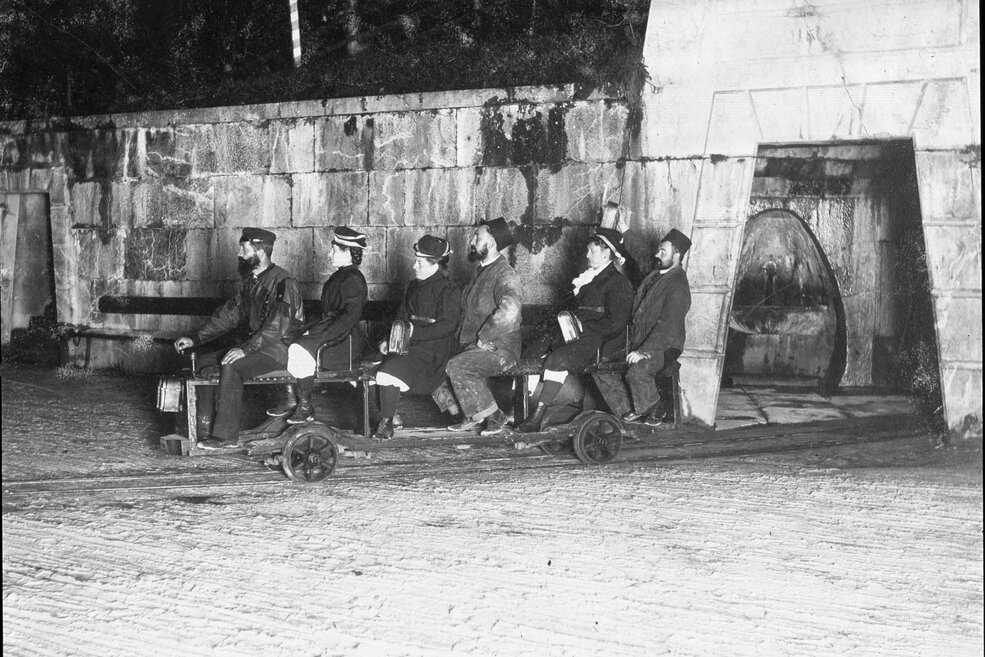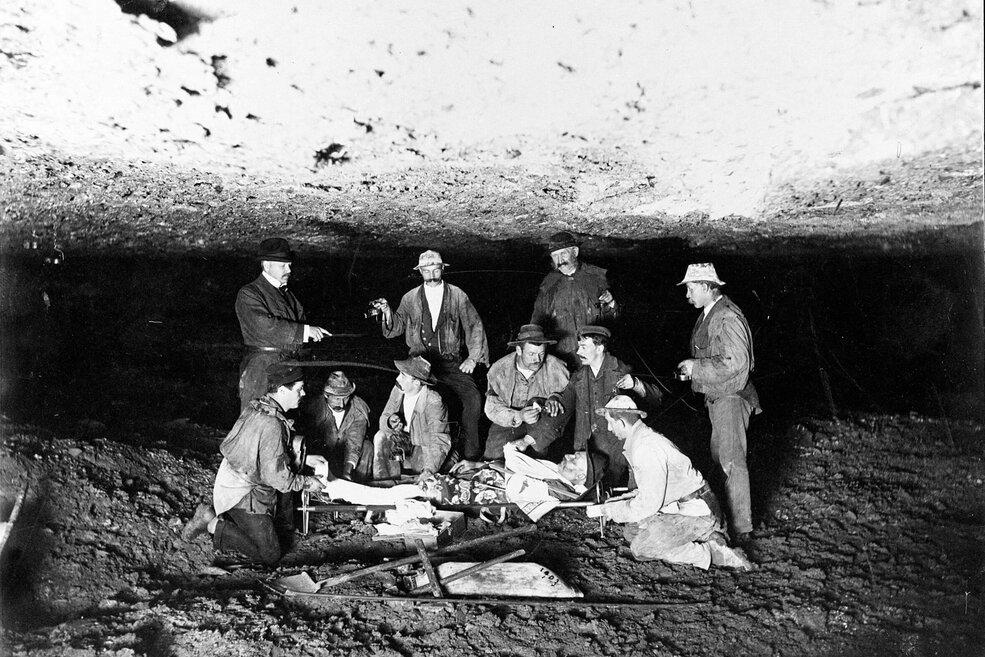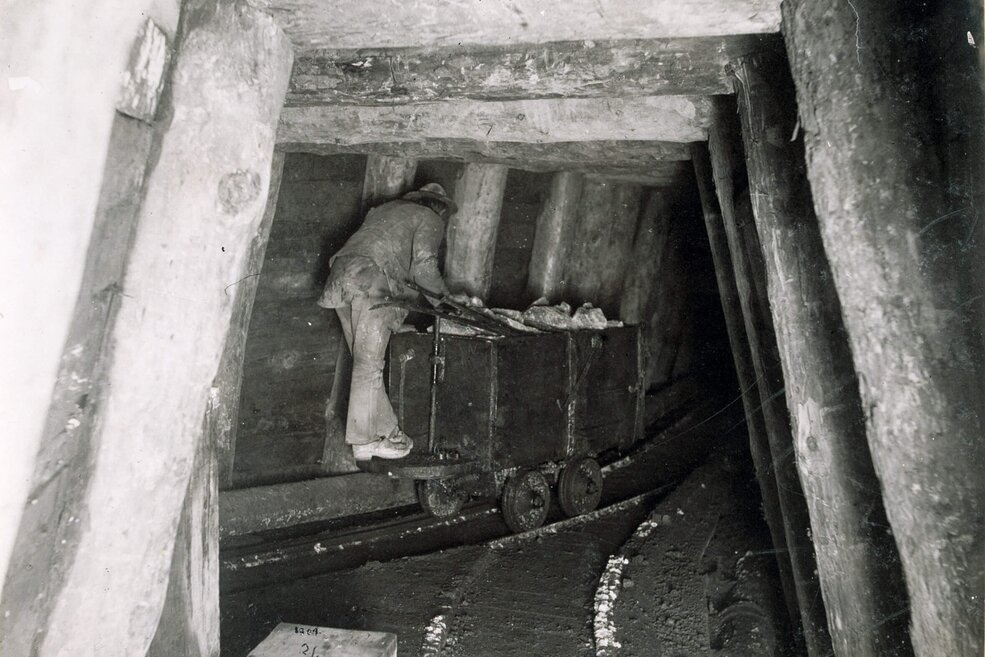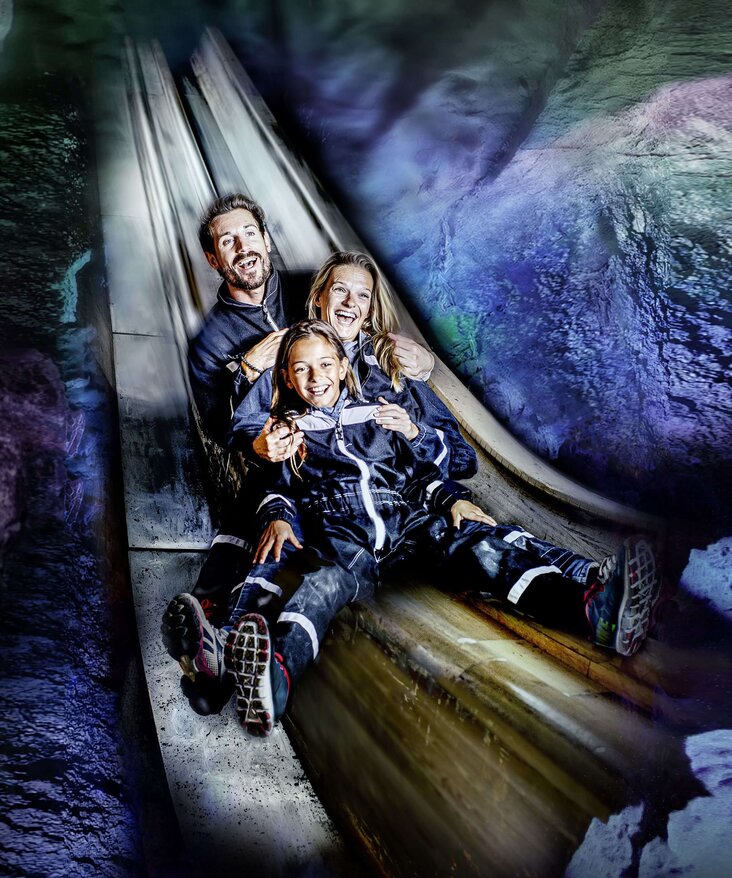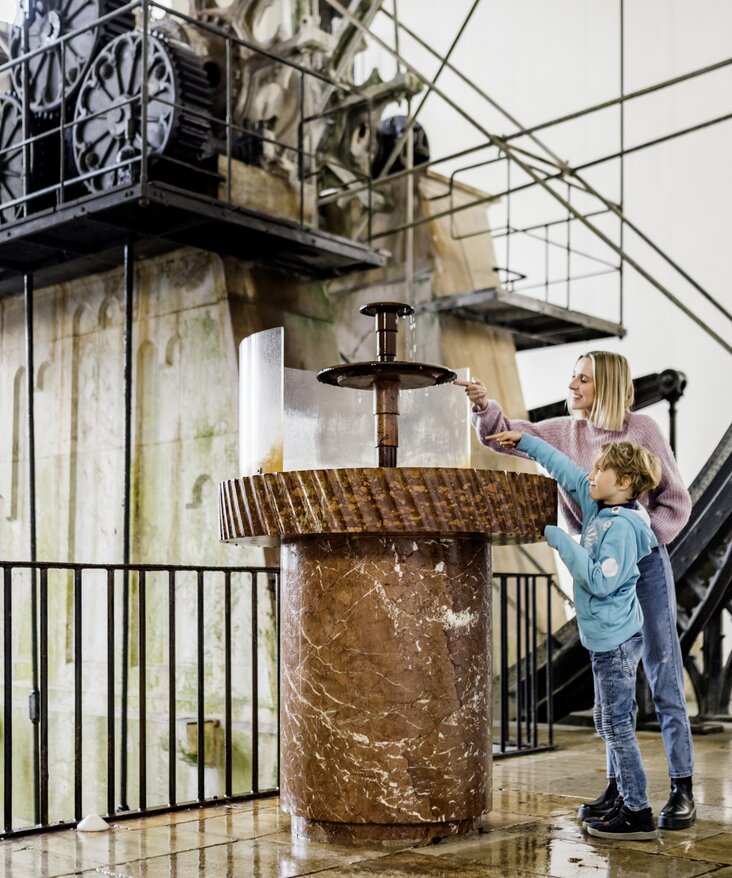The history of the Berchtesgaden salt mine
The Berchtesgaden salt mine has a long and fascinating history. Salt has been mined here since 1517 and the mine is still in operation today.
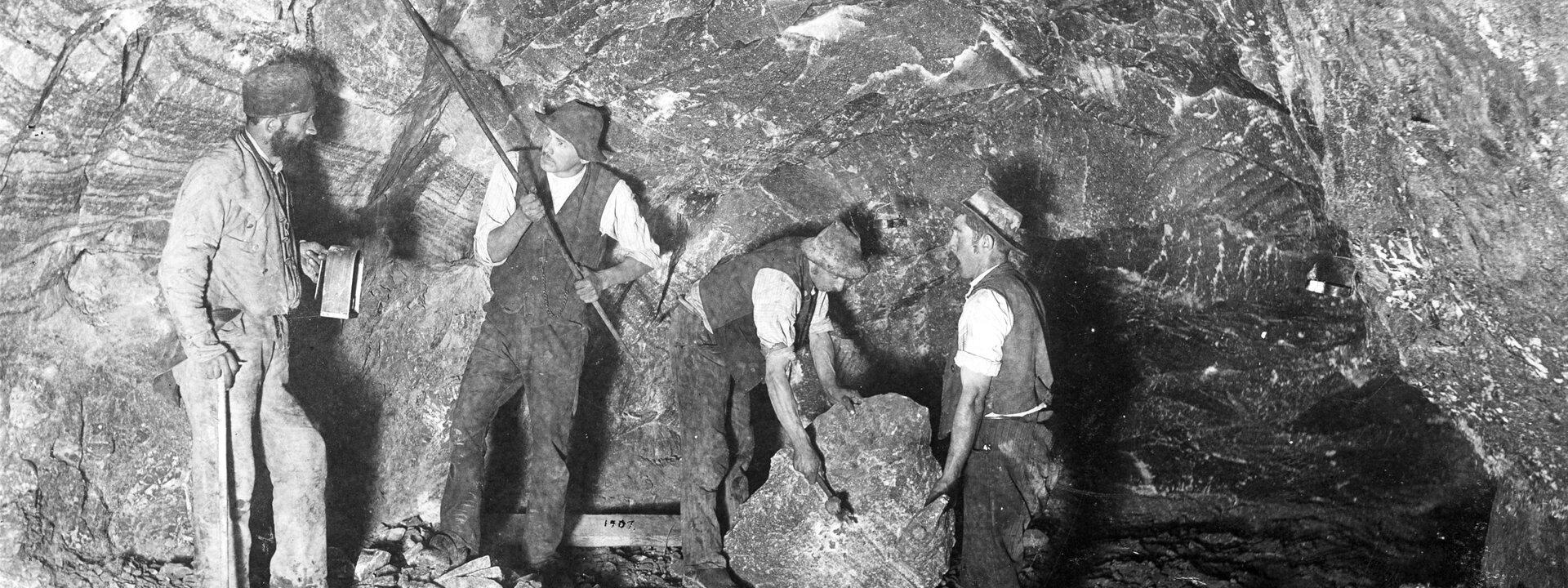
The beginnings of salt mining in Berchtesgaden
In the 12th century, an important salt deposit was discovered in the Bavarian Alps. Salt is an extremely valuable commodity at this time, used for preserving food and as a trading good. Around 1193, salt extraction begins on the Tuval near Schellenberg. A short time later, there is talk of salt mining at the Gollenbach in Berchtesgaden.
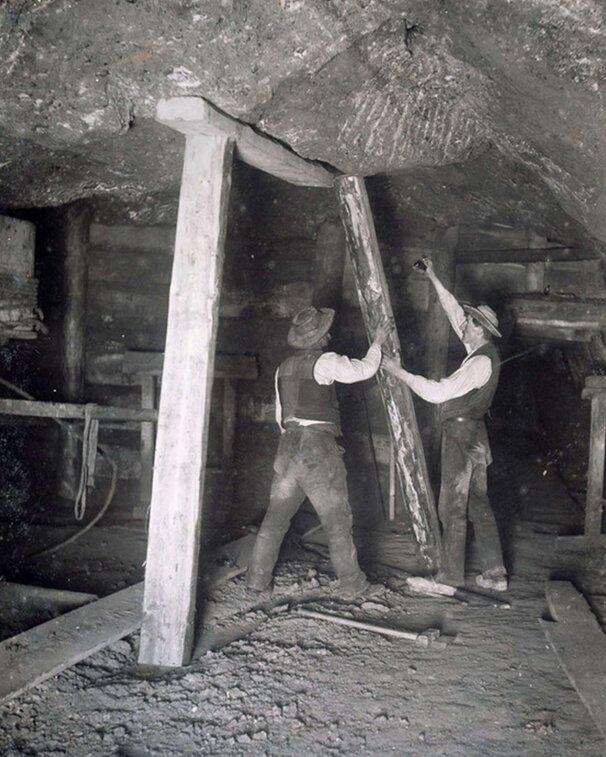
The foundation|| of
the salt mine as it is today
In 1517, Prince Provost Gregor Rainer founds the Berchtesgaden salt mine - the Petersberg gallery is excavated. The brine produced here is first piped to the Schellenberg salt works. In 1564, the Frauenreuth salt works in Berchtesgaden begins operations.
In the 16th century, miners worked under difficult conditions in the deep galleries of the mountain. Mining the salt was an arduous and dangerous task, but one that was worthwhile. After all, salt was invaluable at that time.
Berchtesgaden remains an independent prince provostship until 1803. The Final Act of Vienna of 9 June 1815 and the Treaty of Munich of 1816 finally assigned Berchtesgaden to Bavaria. Salt mining and saltworks are incorporated into the Royal General Mine and Saltworks Administration in Munich.
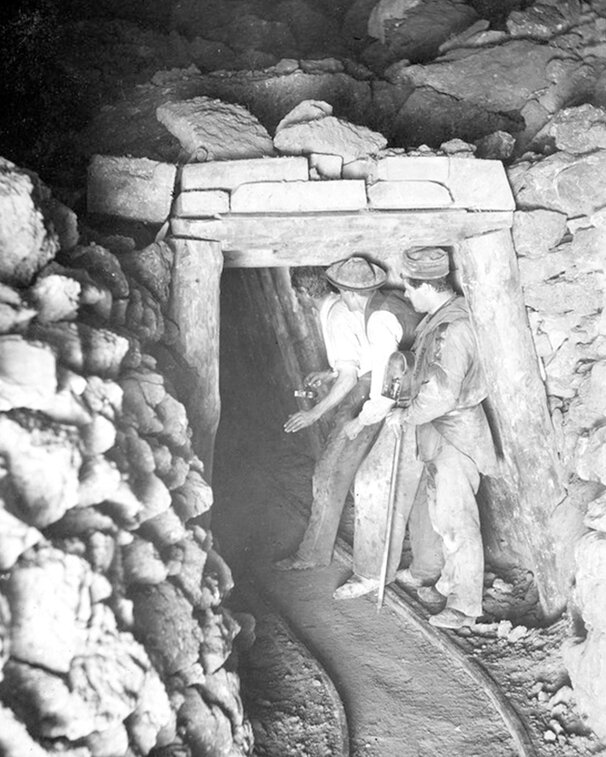
The development of mining technology
Over the centuries, the technology in the Berchtesgaden salt mine continued to develop. New methods have been introduced to make salt mining more efficient and safer. The use of machinery and modern equipment enabled an increase in productivity and led to further expansion of the mine.
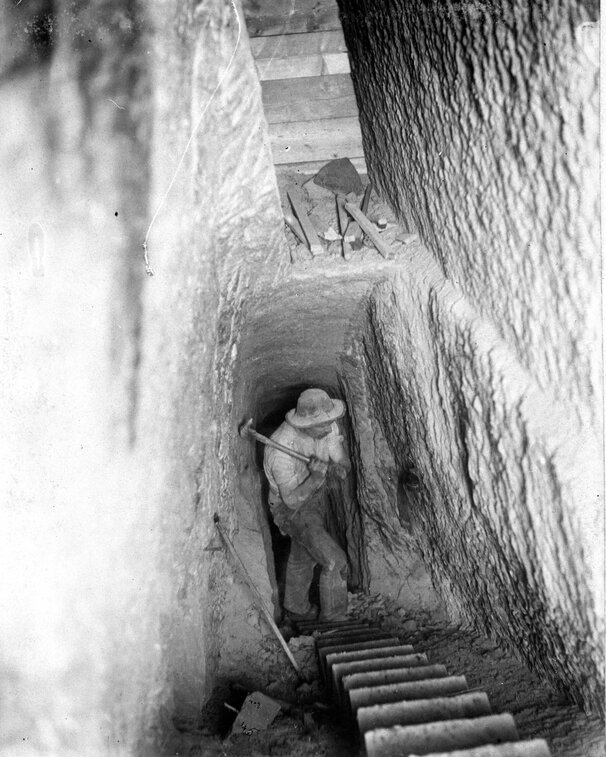
The Reichenbach Pump
as a technical masterpiece
In 1816, the Royal Bavarian Saline Councillor Georg von Reichenbach is commissioned to plan and construct the brine pipeline from Berchtesgaden to Bad Reichenhall. As early as 22 December 1817, the first Berchtesgaden brine flowed in wooden pipes from Berchtesgaden to Bad Reichenhall.
The ingenious designer overcame a length of 29 km and considerable differences in altitude with water column lifting machines. This machine - the Reichenbach pump - is considered an ingenious design of its time and pumps the brine 356 metres uphill at Ilsank. The brine pipeline remains in continuous operation until 19 February 1927.
Today, one of the 14-tonne bronze pumps can be seen in the Berchtesgaden salt mine, and another is in the Old Salt Works in Bad Reichenhall. You can follow the course of the old brine pipeline, for example, on the beautiful hiking trail from Berchtesgaden to Ramsau.
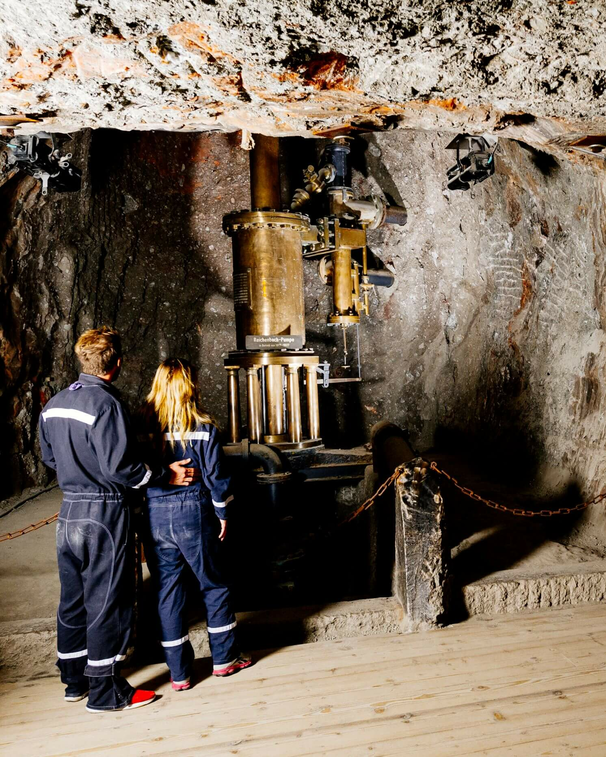
Visitor operation in the Salt Mine Berchtesgaden
1816 also saw the start of visitor operations in the Berchtesgaden salt mine for selected people. In 1880, the salt mine finally opened its doors to the general public. After a comprehensive redesign and the associated transformation into one of the world's most innovative salt mining experience centres, the new visitor centre was opened in 2007.
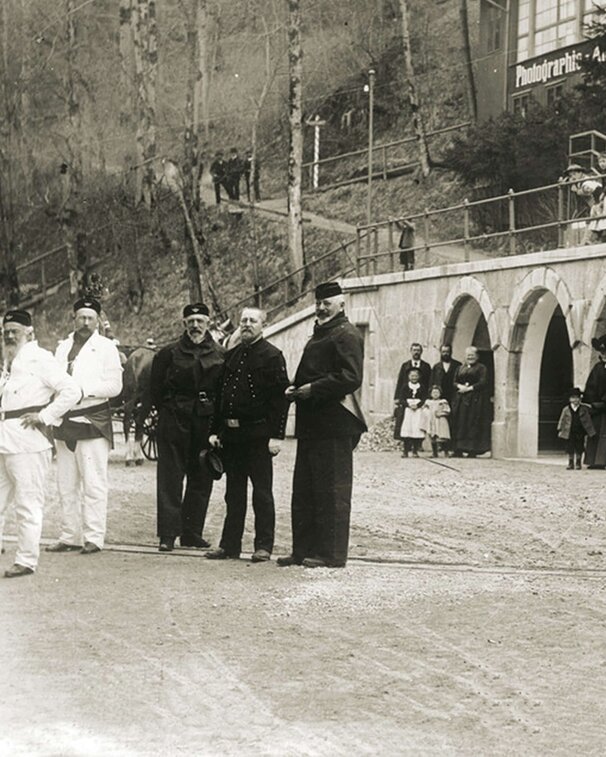
Active salt mining
for over 500 years
The Berchtesgaden salt mine is a remarkable example of the long tradition of salt mining in Germany. Because to this day, the purest Alpine brine is extracted here. Salt mining has had a significant influence on the economic development of the region and the salt mine in Berchtesgaden is also considered one of the most important sights in Germany.
